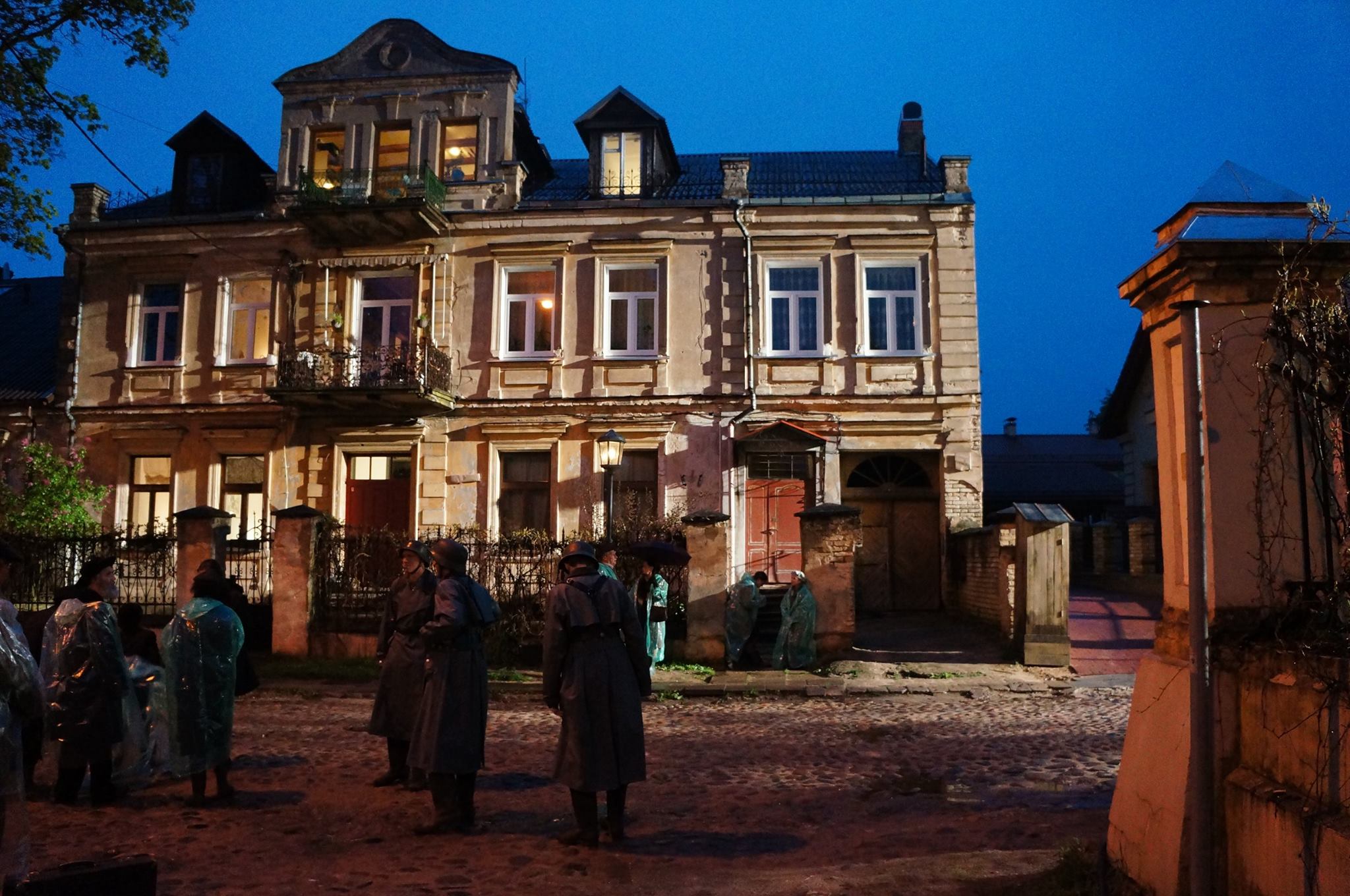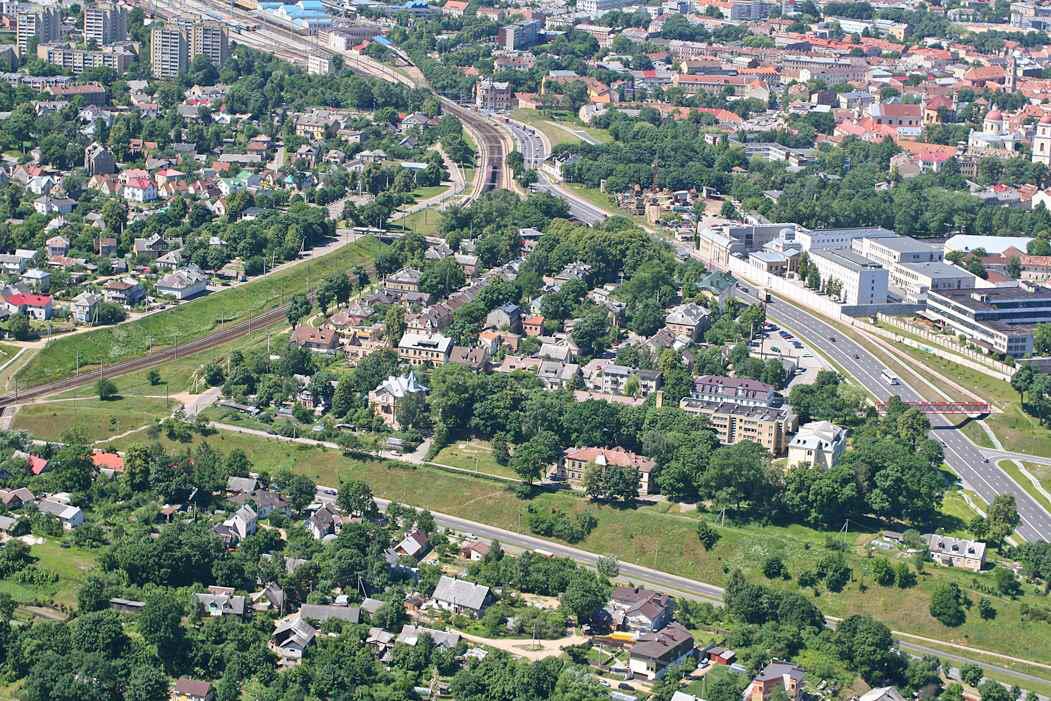The LRT TELEVISION program "Labas rytas, Lietuva" continues the cycle of stories about lesser-known unique architectural ensembles in Vilnius. This time we invite you to move to the Rasa colony - back in the XNUMXth century. at the end of the XNUMXth century one of the first city micro-districts created in Vilnius at the beginning.
As with other quarters, the construction of Rasa Colony was initiated by Juozaps Montvila, head of the Agricultural Bank, and the houses were designed by architects Vladislovas Stipulkovskis and Augustas Kleinas. The block was built in 1898-1902.

There are 30 houses in the residential complex. The streets form a rectangle, they are arranged according to the directions of the world.
"The quarter forms a regular rectangle, oriented exactly according to the directions. <…> Those streets are one of the unique cases, because two streets have kept their names since they were given at the end of the XNUMXth century, namely Vitebsk and Balstogė streets. And Švenčionių street was originally called Radom, Melagėnai - Mogiliovo," says historian dr. Valdas Selenis.
A. Klein designed more expensive houses in the Rasa colony with multi-pitched roofs, wood details reminiscent of Swiss villas, and neoclassical decor. Wealthier Vilnius residents lived in them. The house of V. Stipulkovskis is cheaper, has a simpler plan, and was mainly inhabited by civil servants. The villa of Alexander Mushnikov (he was the most famous expert on military law of the Russian Empire) stands out in the quarter - a two-story building with a half-basement and a multi-pitched tin roof.

House projects were influenced by the urban garden idea popular in Western Europe at the time. Each house, divided into smaller apartments, has closed courtyards where flowers and trees are grown.
Famous people also lived in Rasa colony: Stanislaw Filibert Fleury, one of the pioneers of stereoscopic photography, a relative of writer Vladimir Nabokov, cousin of architect Antanas Vivulski.
By the way, the quarter experienced tragic events during the war.

"I found out in the diary that on August 1915, 16, at 6 o'clock, at the end of Švenčioni Street, which intersects with Vitebsk Street, a bomb dropped by a German airplane exploded, which scattered a lot of bullets in various directions and shattered all the windows of houses, fences, and walls. The only good thing is that it was 6 o'clock in the evening and there was no one around. Those airplanes were fired at by the Russian artillery of the cartels and those cartels injured a girl and a woman who were walking down the street," says V. Selenis.
According to the historian, Rasu colony is one of the districts of Vilnius that has changed the least. Descendants of the first inhabitants continue to live here, and the architecture of the quarter has not changed drastically over the course of a century.
More about this in the report by Lukas Šniolis here.

